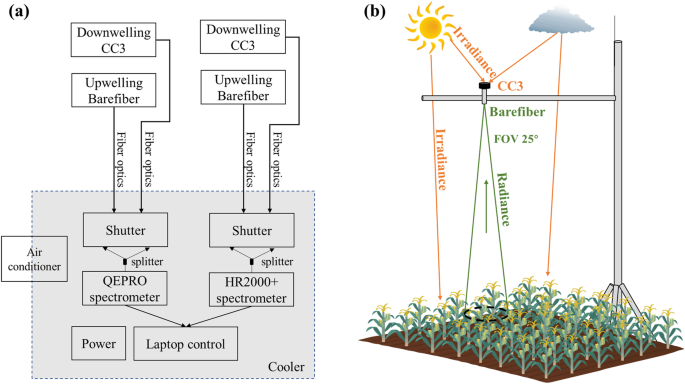2024-02-29 マックス・プランク研究所
<関連情報>
- https://www.mpg.de/21881081/aryldiazonium-synthesis
- https://www.science.org/doi/10.1126/science.adn7006
硝酸塩還元がより安全なアリルジアゾニウム合成を可能にする Nitrate reduction enables safer aryldiazonium chemistry
JAVIER MATEOS, TIM SCHULTE, DEEPAK BEHERA, MARKUS LEUTZSCH, […], AND TOBIAS RITTER
Science Published:25 Apr 2024
DOI:https://doi.org/10.1126/science.adn7006
Editor’s summary
The Sandmeyer reaction is one of the oldest in organic chemistry, and, remarkably, it is still widely practiced in much the same way that it was reported in the 19th century. The reaction appends a variety of substituents onto aryl rings by first generating highly reactive diazonium leaving groups. With this reactivity comes explosion risk, however. Mateos et al. report a safer variation that avoids diazonium accumulation. By steadily producing small quantities of these reactive intermediates just before displacement, the authors achieved the same outcome at much lower risk. —Jake S. Yeston
Abstract
Aryldiazonium salts remain a staple in organic synthesis and are still prepared largely in accord with the protocol developed in the 19th century. Because of the favorable reactivity that often cannot be achieved with other aryl(pseudo)halides, diazonium chemistry continues to grow. Facile extrusion of dinitrogen contributes to the desired reactivity but is also reason for safety concerns. Explosions have occurred since the discovery of these reagents and still result in accidents. In this study, we report a diazonium chemistry paradigm shift based on nitrate reduction using thiosulfate or dihalocuprates as electron donors that avoids diazonium accumulation. Because nitrate reduction is rate-limiting, aryldiazoniums are produced as fleeting intermediates, which results in a safer and often more efficient deaminative halogenation in a single step from anilines.




